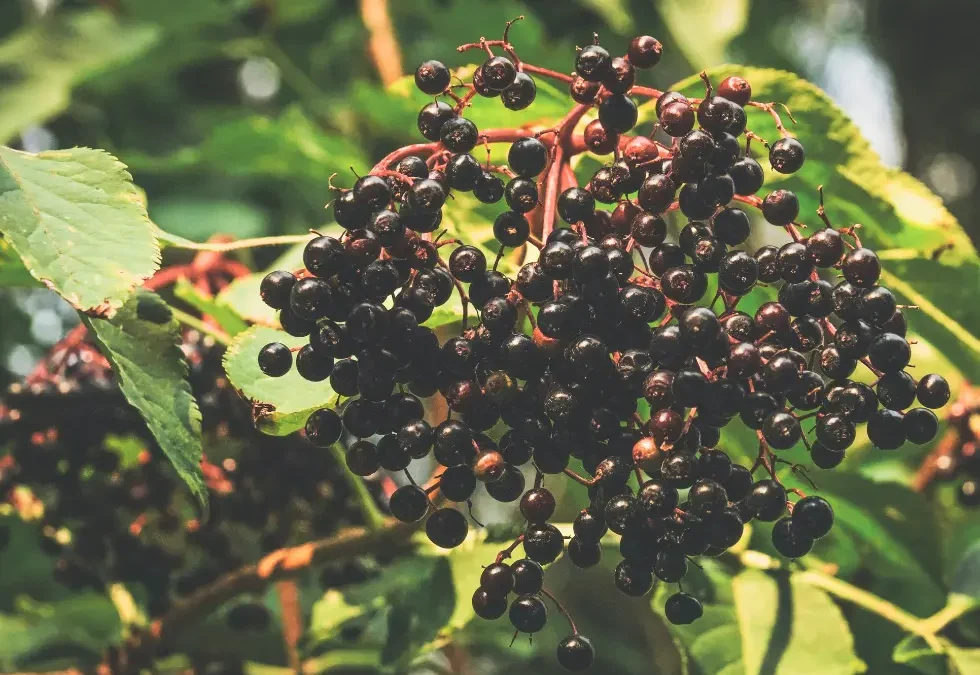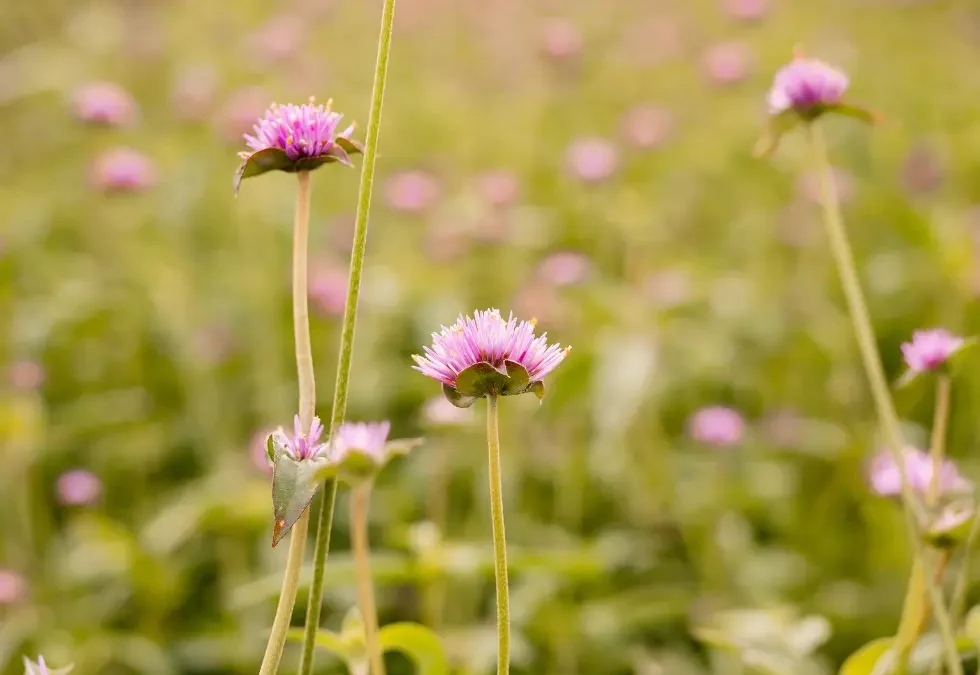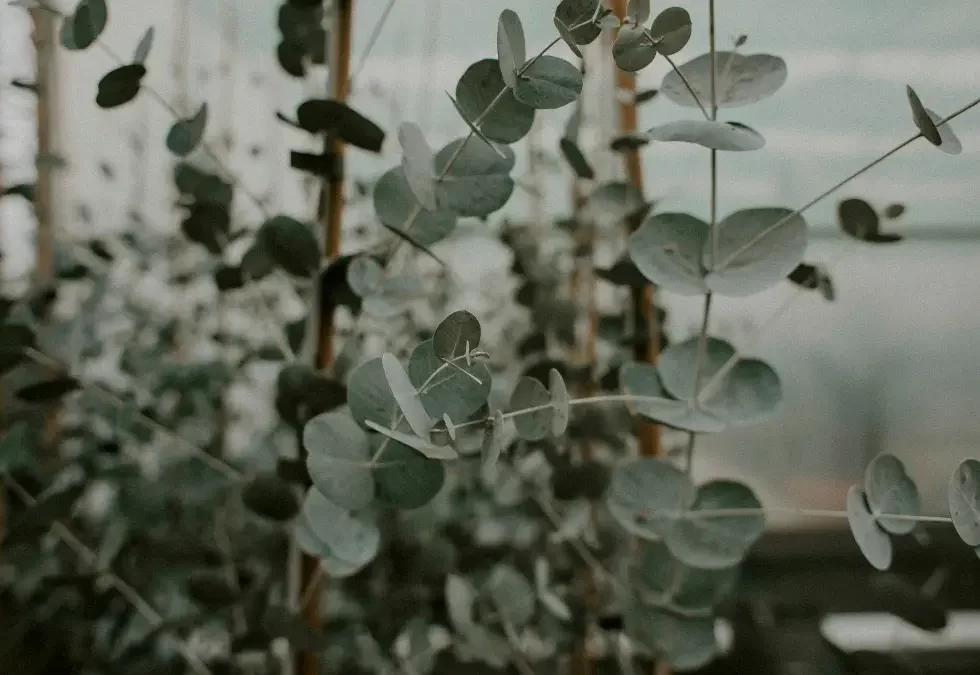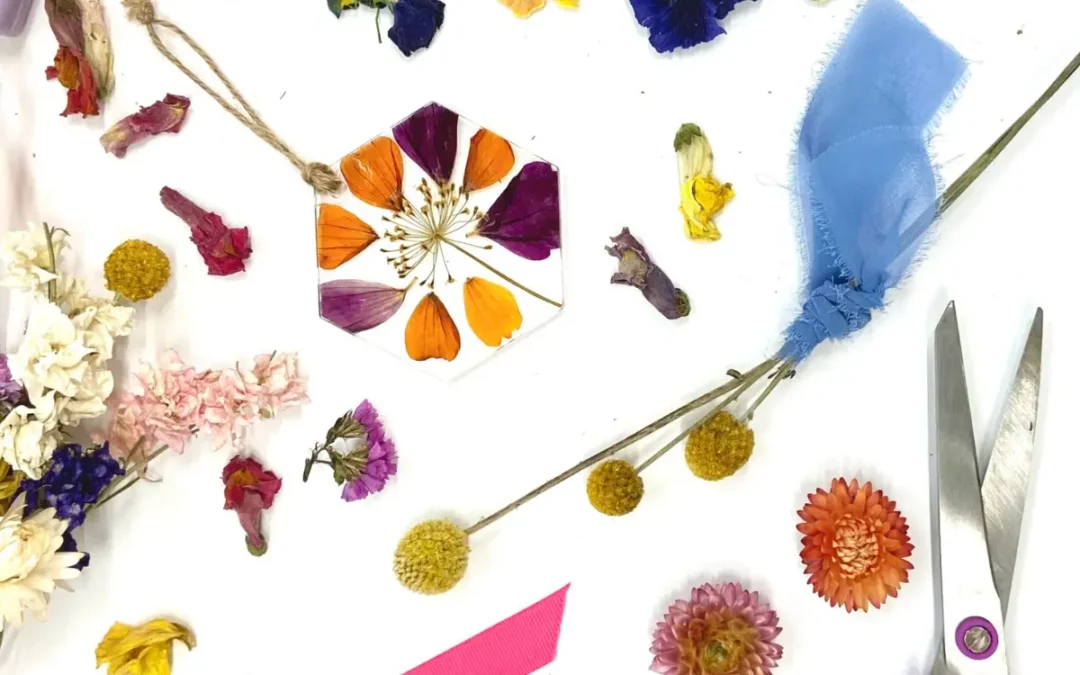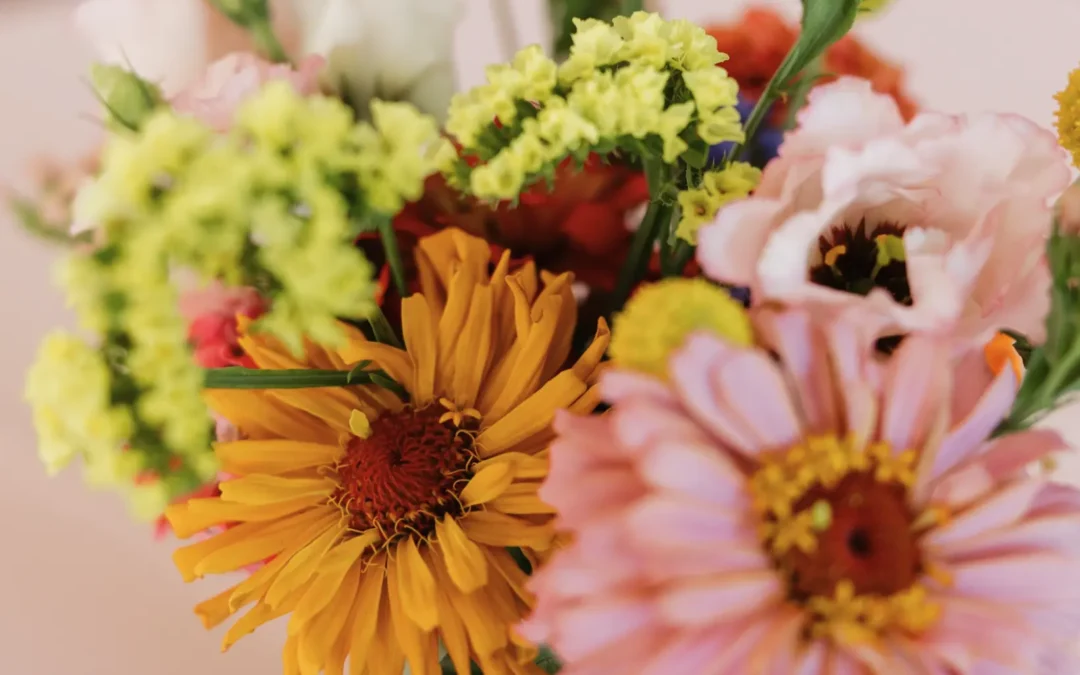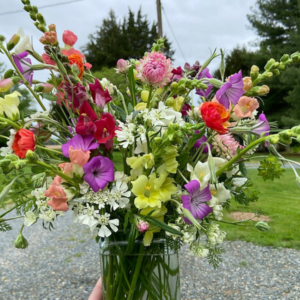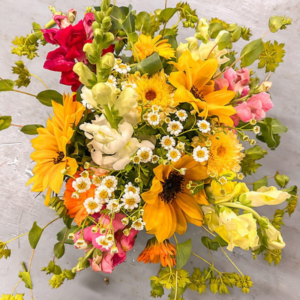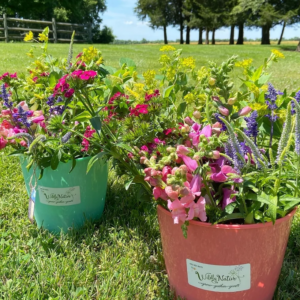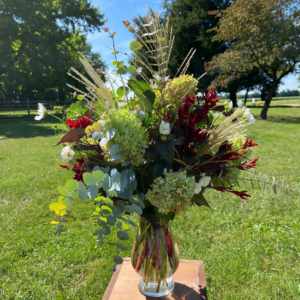
When you think of flowers, your first instinct might be to picture a bouquet, a wedding centerpiece, or maybe even a tablescape. But what if we told you flowers aren’t just for looking pretty—they’re for tasting, too?
In Episode 70, we sat down with Kenley, our go-to baker and longtime culinary partner, to dig into the world of edible blooms—how they taste, how to use them, and why they’re so much more than a pretty garnish.
From Vase to Plate: What If Flowers Weren’t Just for Looking?
Let’s be real—florals have always been part of event design, but lately they’ve been stepping into the culinary spotlight. We’ve frozen them in ice cubes, pressed them into cakes, whipped them into butter, and even grilled steak with floral-infused toppings.
Edible flowers add so much more than color. They bring flavor, fragrance, and texture, creating moments that guests actually remember. And when you combine farm-fresh blooms with thoughtful design? That’s where the magic happens.
So… Can You Actually Eat That?
This is the question we get the most. And the answer? Sometimes.
There’s a big difference between “not toxic” and truly edible.
We’ve worked hard to curate our Petal Pantry to include flowers that are safe, flavorful, and grown with purpose—no pesticides, just intention. Some of our favorites?
- Calendula, violas, and bachelor buttons for color and ease
- Roses and honeysuckle for sweetness and scent
- Nasturtium, stock, and snapdragons for that surprise zing
- Lavender, dill, and mint for herbs that do double duty
Just a reminder: Larkspur and ranunculus are not edible—no matter how pretty Pinterest makes them look. Don’t poison your guests, friends.
We Learned Through Play (and a Lot of Taste Testing)
Our journey into edible flowers wasn’t textbook—it was tactile, playful, and full of “wait, why is this spicy?” moments. Whether it was sitting in the field eating cake, grilling with petal butter, or trying to figure out which mint smelled like a mistake, every experiment taught us something new.
Some flowers were unexpectedly spicy (we’re still side-eyeing you, forsythia), while others were mild, sweet, or just… green. But each one had potential, and we love sharing what we’ve learned so others can explore, too.
It Doesn’t Have to Be Fancy
You don’t need to be a chef or a florist to use edible flowers. Busy moms, beginner bakers, last-minute hosts—we see you. Grab store-bought cupcakes, sprinkle some petals on top, and suddenly it’s a moment.
Some of our favorite ways to use them include:
- Topping butter boards and grazing platters
- Pressing into cinnamon rolls and breads
- Infusing popcorn, soft cheeses, or honey
- Creating edible bouquets for place settings
- Adding floral confetti to cocktails
And honestly? If you’re not into making everything from scratch, that’s okay. Florals are a simple way to elevate anything—even if it came from a box.
You don’t have to tell anyone you didn’t bake it. Just top it with petals and take the credit.
Let’s Make Florals Functional
The biggest thing we want to share is this: If you’re going to use flowers, use them with intention.
Whether it’s a salad, a signature drink, or a tiered wedding cake, each flower should serve a purpose—visually, flavor-wise, or emotionally. When you grow with design in mind and use florals that are actually safe and flavorful, you create something that’s more than beautiful—you create an experience.

